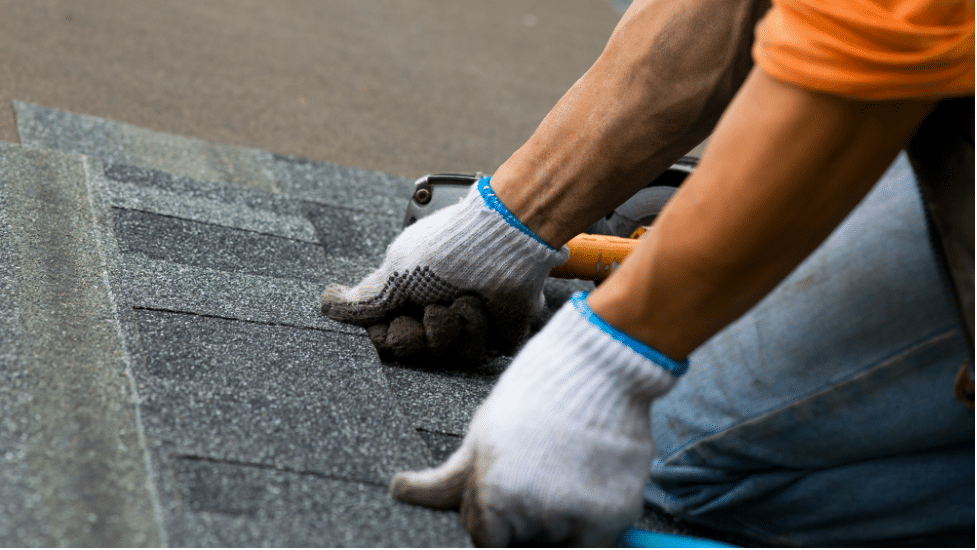There are few guarantees in life, and getting paid as a contractor, subcontractor, or material supplier for a commercial construction job in Texas is not one of them. However, there is good news! Texas Easy Lien is here to help protect your payment rights, and here is what you need to know.
Meet the Texas Mechanics Lien
The mechanics lien affidavit (also called a construction lien) is one of the most powerful tools in a contractor or subcontractor’s arsenal for collecting payment. Why? A mechanics lien becomes a public record when it is filed with the county property records office, and it alerts potential purchasers that someone claims a debt is owed for labor/materials/equipment/design services provided to the property named in the lien affidavit. Lenders typically will not offer permanent financing or refinance a property that has a mechanics lien filed against it, which can be a real problem for the property owner.
However, is filing a lien on a property enough to get you paid? In many cases – yes. For this reason, we recommend gathering important information at the start of every job, so it is readily available should you need to file a lien on a property in Texas.
What do I need to file a lien on a property?
Preparing a mechanics lien affidavit requires specific information about the job. If you have this information ready beforehand, the lien filing process – should you need to file a lien on a property to pursue payment – will go much smoother and faster.
- Project owner’s name (or company name) and last known mailing address.
- Project name and address, including the county name.
- A legal description of the property (not always needed, but helpful if available).
- The amounts owed for each month you performed the work.
- The description of the work itself (this can be general).
- The original contractor’s (this is the general contractor) name and last known mailing address (if you are a subcontractor or sub-subcontractor)
Sub-subcontractors will also need the names and mailing addresses of every subcontractor involved above them on the project. This information will be required to file both the prelien notice(s) and the mechanics lien affidavit.
Still not getting paid after filing a mechanics lien?
What if you filed a mechanics lien, and the client still hasn’t attempted to pay? The next step is to enforce a construction lien – also called a lawsuit for foreclosing on a lien. Since this involves a lawsuit and the Texas court system, property owners have a huge incentive to settle the debt rather than face the lawsuit that looms when enforcing a construction lien. However, keep in mind that there is a statute of limitations to enforce a mechanics lien, which is either no later than one year after the last day the lien could have been filed or within one year after the completion, termination, or abandonment of the work under the original contract. Whichever is later. This applies to both residential and commercial projects.
Texas has your back.
As we mentioned at the start of this article, Texas Construction Laws are on your side – and so is Texas Easy Lien. Payment rights have long been an issue in the Texas construction world, and the creation of laws to combat the problem have been extremely helpful.
Furthermore, online access to official lien filing documents take it a step further and automate the process so you can safely, efficiently, and inexpensively file a lien from the comfort of your own home or office.
So if you are worried about collecting payment on your next commercial construction job, click here to get started protecting your payment rights.


